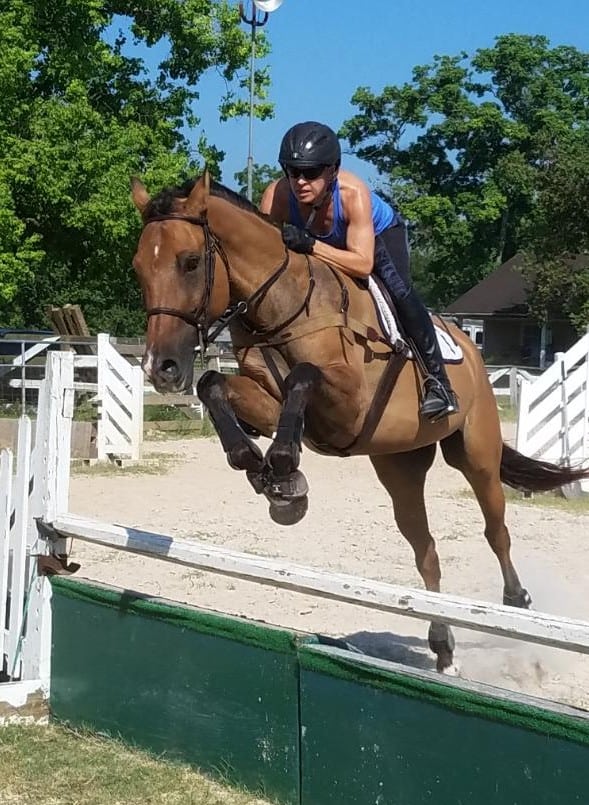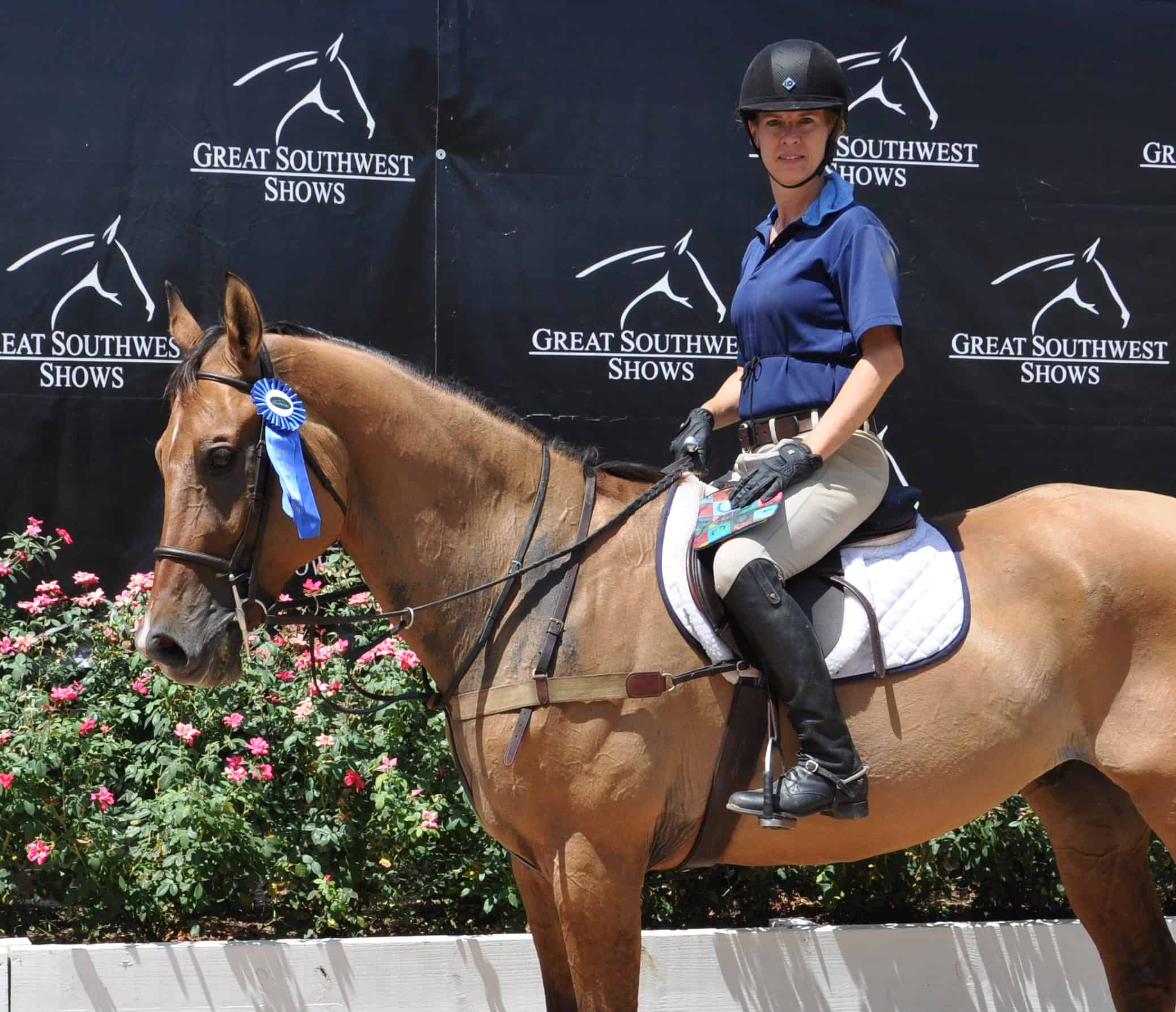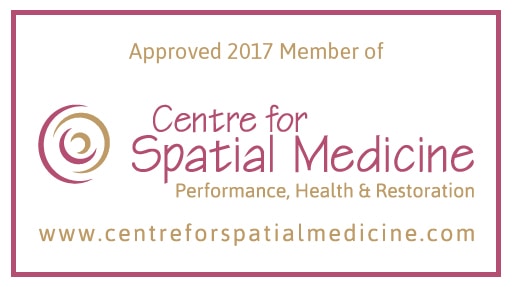Thank God for Helmets & Tensegrity
A Blog by Cody Robbins – Co-Owner: Performance Pilates-
I recently competed in a horse show and did well! I was Champion in my Schooling Jumper Division on Saturday, and could have been on Sunday. In the throws of competition I wanted to out do myself on Sunday and it didn’t go quite as well. I was hoping to write about how letting go of the diaphragm and allowing the front of the body to open kept me upright and behind the motion of the horse instead of collapsing or leaning forward and getting ahead. That happened, and it’s why we went “clean” and did so well on Saturday. On Sunday we had a little mishap. I got ahead coming up to a fence causing my horse stop at the jump. He exited left, while I got flung to the right. I somehow hit my elbow and my head, and rolled a few feet. Miraculously, I was able to get up and get back on! After a few minutes to recover, we returned to cautiously complete our second round. Then we won our last class! I credit Pilates movement and Spatial Medicine concepts of Tensegrity, Fascia, and Resilience for being able to bounce back and not be hurt. I am thankful for the Charles Owen Company for their fine protective helmets. Lastly, this story would not be complete without gratitude to “Moonchild”, the best horse ever. Following our “incident” he took care of me in our next two rounds, winning “Power & Speed”!
We teach movements that mimic what can happen to our bodies when we fall, slide, roll, flip, etc.
In our Pilates studio we teach and practice rolling, twisting, stretching, hanging, and inverted/upside-down movements which mimic what can happen to our bodies when we fall, slide, roll, flip, etc. Like the common movement patterns we move through daily, these movements also become familiar throughout our muscles and tissues, and are not a surprise to your body when it’s your turn to hit the dirt.

The Concepts:
Fascia: It’s our soft tissue: It surrounds us as a 3 demensional, whole body matrix of structural support. It’s your fascial net.
Tensegrity: Think of the distribution of load and force through the cables of a suspension bridge. Our bones pressing out into our fascial net give our bodies Tensegrity very much the same way. When we are distributed throughout ourselves we are more likely to bounce than break.
Resilience: Fascial tissues need to be able to respond and adjust to changing load and force. They need to be pliable…able to slide and shear, stretch and recoil. Hydration enables resilience. We must move in unusual ways to keep our fascia hydrated, pliable and resilient. When our fascia gets dehydrated and stuck, that’s when we break or tear something.
Pilates and Yoga are two movement modalities to keep your fascia healthy, hydrated, pliable and resilient.
Falling should never be taken for granted. It comes with the territory riding horses and in many other sports. Most of the time you dust yourself off and get back on or up. Sometimes more serious injuries can occur. It’s our job to give our clients the tools to minimize injury and maximize performance. I teach Pilates and Fascial Movement and believe my story would be much different without the advantage of these concepts.
Cody Robbins – Center for Spatial Medicine, PMA-CPT, ACE-PT, Rossiter® Coach


